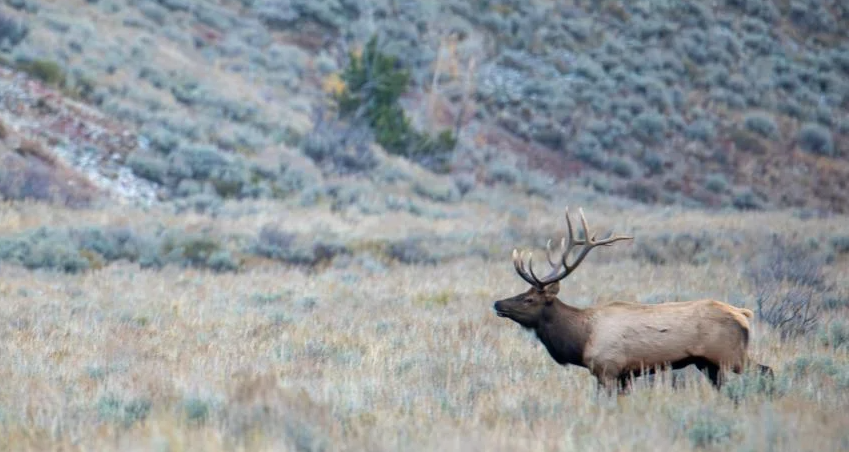Below is a news release from the Wyoming Game & Fish Department.
The Wyoming Game and Fish Department’s Wildlife Health Laboratory tested 5,276 samples for chronic wasting disease, and 726 came back positive -13.7% statewide – and saw CWD prevalence for mule deer increase throughout the state.
Game and Fish released its 2024 CWD Surveillance Report this spring. Samples tested from mule deer, white-tailed deer, elk and moose included hunter-harvest, targeted and road-killed animals. Of those samples tested, 19.4% came back positive in hunter-harvested mule deer bucks, 29.2% in hunter-harvested white-tailed bucks and 2.3% in adult, hunter-harvested elk. The percentage of mule deer bucks increased from 2023 at 18.9%. The percentages for white-tailed deer and elk decreased from 2023 at 30.3% and 2.8%, respectively. There were no positive CWD samples from moose.
The number of submissions were slightly higher from 2023, where there were 5,100.
CWD is a fatal disease of the central nervous system in mule deer, white-tailed deer, elk and moose. It belongs to the group of rare diseases called transmissible spongiform encephalopathies. These disorders are caused by abnormally folded proteins called prions. There is no cure or vaccine for CWD. There have been no cases of CWD in humans and no direct proof humans can get CWD. However, the Centers for Disease Control and the World Health Organization recommend not consuming CWD-positive animals.
In 2024, CWD was detected in three new deer hunt areas – 31, 53 and 94 – and three new elk hunt areas – 23, 84 and 126. Earlier this year, CWD was found in three additional elk hunt areas – 62, 87 and 93 – and on four elk feedgrounds in western Wyoming.
To determine CWD prevalence in individual herds, five-year averages were calculated to ensure a significant sample size. The Project herd in the Lander Region continues to have the highest CWD prevalence in the state at 66.3%. The Shoshone River herd in the Cody Region is second at 47.6%.
The Iron Mountain herd in southeast Wyoming had the highest CWD prevalence among elk at 10.1%. The North Bighorn elk herd in north-central Wyoming was second at 9.1%, a noticeable increase from 7% from 2019-23.
Prevalence calculated at the herd until level provides managers with perspective on herd unit health and can direct herd level management actions. However, CWD levels are not uniform across a herd and can accumulate in hot spots of higher concentration within these herd units.
Through 2024, 95% of Wyoming’s mule deer hunt areas and 62 percent of elk hunt areas were considered endemic for CWD. Game and Fish will continue to conduct yearly surveillance focused on priority and mandatory areas. In areas where CWD has not been detected, CWD sampling is critical for early detection of the disease as management strategies can change with the status of CWD prevalence.
“Wyoming’s CWD surveillance would not be possible without the participation of our hunters,” said Jessica Jennings, Game and Fish Wildlife Health Lab manager. “We encourage hunters to check the Game and Fish website for the 2025 priority and mandatory testing areas, check current CWD prevalence on the interactive CWD map and no matter where you hunt, please consider having your animal tested for CWD.”
All CWD testing is free for animals harvested in Wyoming and especially encouraged in those areas where we have insufficient data.
The entire 2024 CWD Surveillance Report and more information on CWD in Wyoming can be found on the CWD information page on our website.
(Photo credit: Wyoming Game & Fish Department)
